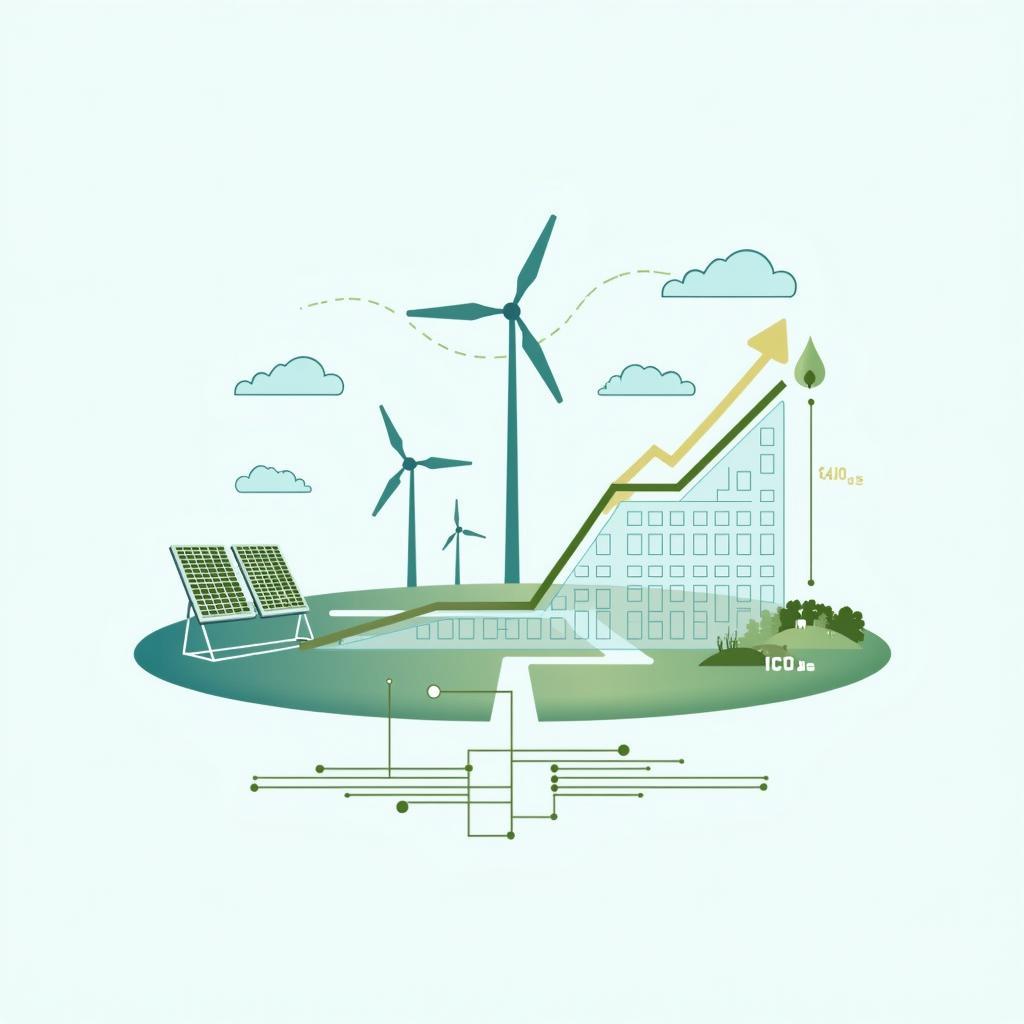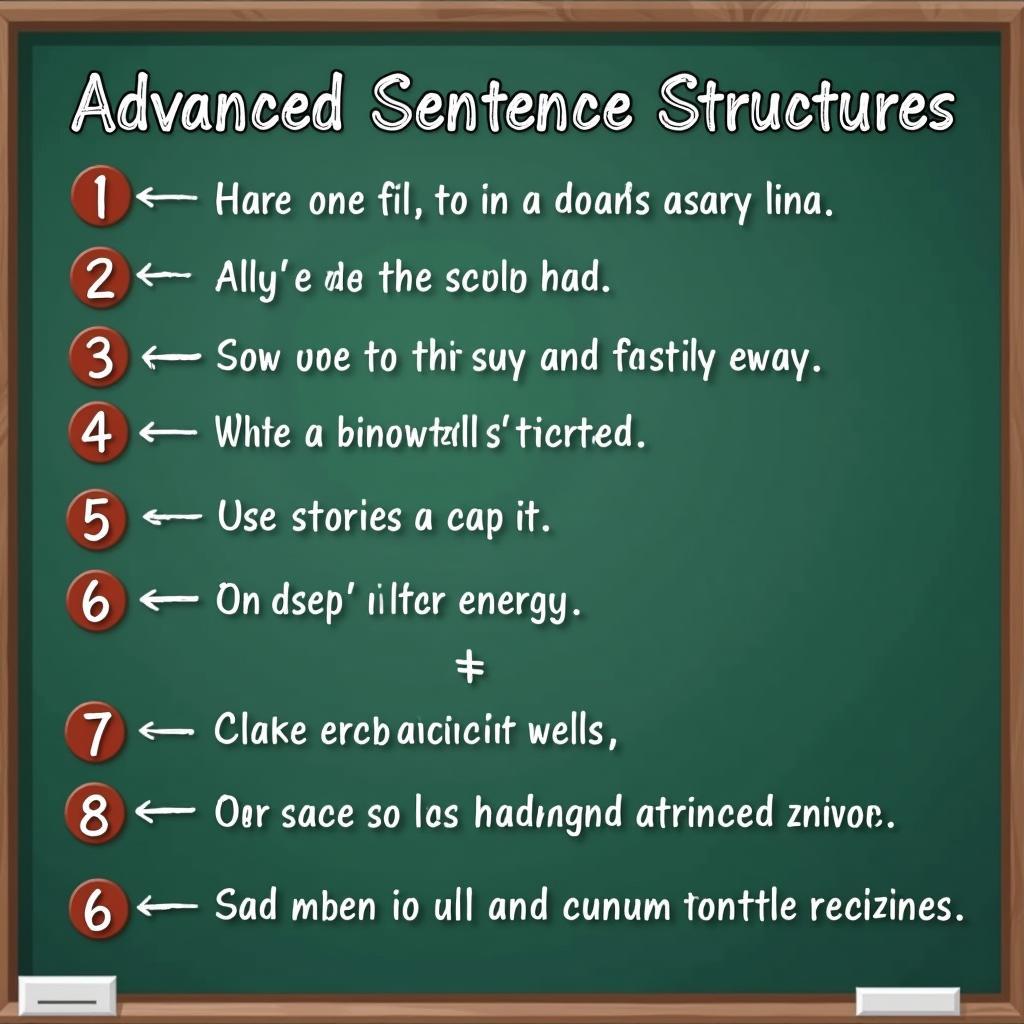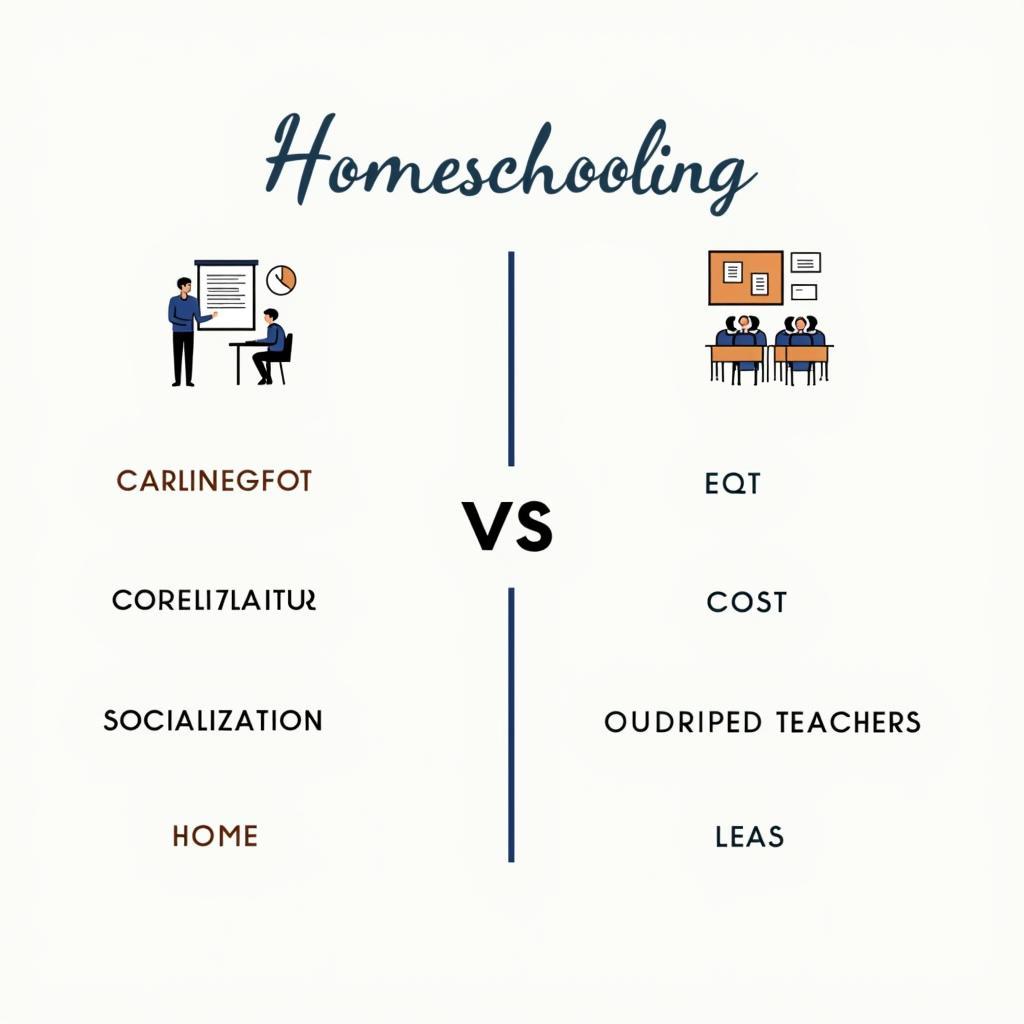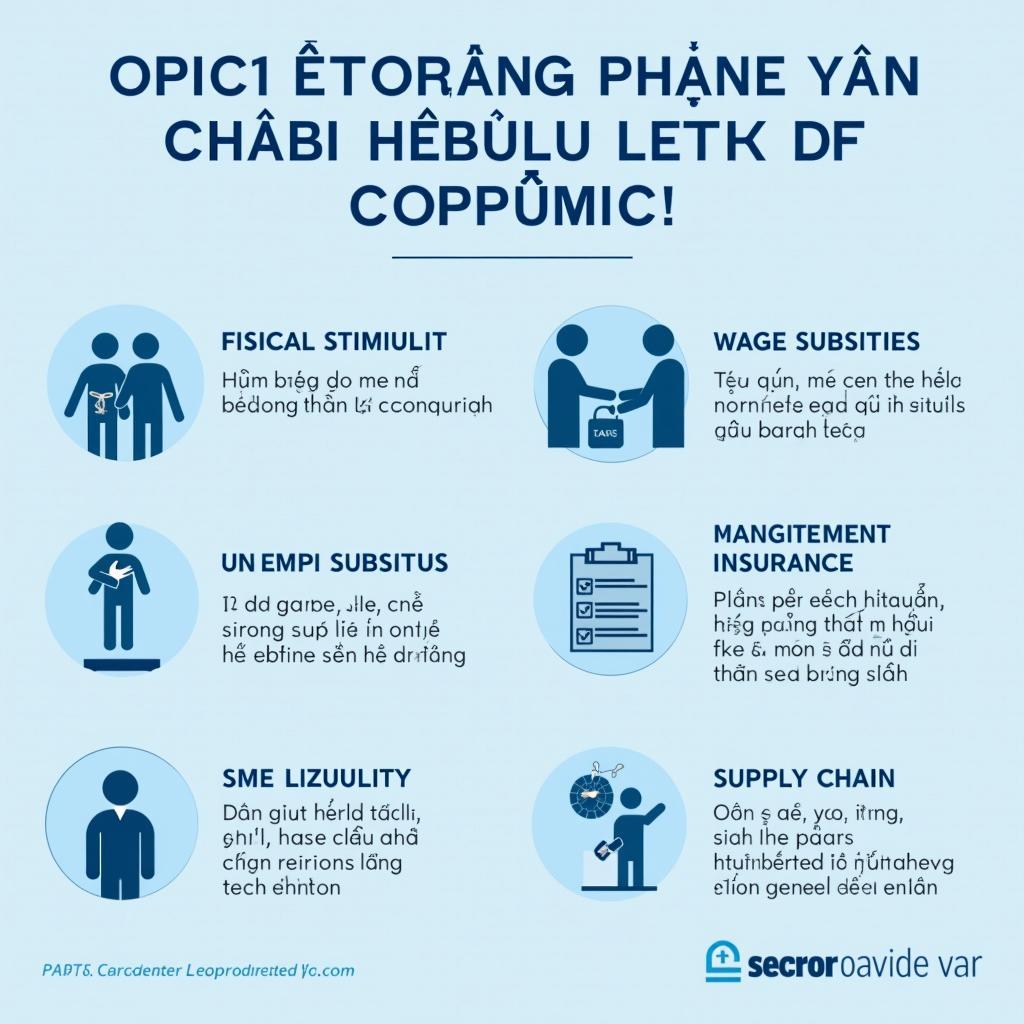Mở bài
Chủ đề Why Renewable Resources Are Important For The Environment xuất hiện thường xuyên trong IELTS Writing Task 2, đặc biệt ở các nhóm đề Energy, Environment và Technology. Đề này kiểm tra khả năng lập luận, dùng ví dụ xác đáng và cân bằng phản biện. Trong bài viết này, bạn sẽ nhận được: 3 bài mẫu hoàn chỉnh ở ba mức Band 5-6, 6.5-7 và 8-9; phân tích chấm điểm chi tiết theo 4 tiêu chí của IELTS; chiến lược làm bài; từ vựng học thuật chủ điểm; và 6 cấu trúc câu dễ ăn điểm cao.
Nội dung bài viết
- Mở bài
- 1. Đề Writing Part 2
- 2. Bài mẫu Band 8-9
- Phân tích Band điểm
- Các yếu tố giúp bài này được chấm điểm cao
- 3. Bài mẫu Band 6.5-7
- Phân tích Band điểm
- So sánh với bài Band 8-9
- 4. Bài mẫu Band 5-6
- Phân tích Band điểm
- Những lỗi sai của bài – phân tích & giải thích
- Cách Cải Thiện Từ Band 6 Lên Band 7
- 5. Từ vựng quan trọng cần nhớ
- 6. Cấu trúc câu dễ ăn điểm cao
- 7. Checklist Tự Đánh Giá
- Kết bài
Một số đề thi thực tế/đã được trích dẫn trên các nguồn đáng tin:
- Fossil fuels are the main source of energy. In some countries, the use of alternative sources of energy is encouraged. To what extent is this a positive or negative development? (tham khảo chủ đề Energy trên IELTS Liz)
- Some people believe governments should invest more in renewable energy to protect the environment. Do you agree or disagree? (tham khảo IELTS-Blog và các đề tương tự của British Council)
- The consumption of the world’s resources is increasing at a dangerous rate. What are the causes and solutions? (chủ đề Environment/Resources – IELTS Liz)
Để mở rộng góc nhìn về lợi ích kinh tế của năng lượng sạch, bạn có thể tham khảo thêm bài phân tích liên quan: the benefits of investing in renewable energy: https://vn.ielts.net/the-benefits-of-investing-in-renewable-energy/
1. Đề Writing Part 2
Some people argue that expanding the use of renewable resources is essential to protect the environment, while others claim it brings new problems. Discuss both views and give your own opinion.
Dịch đề: Một số người cho rằng việc mở rộng sử dụng tài nguyên tái tạo là thiết yếu để bảo vệ môi trường, trong khi những người khác cho rằng nó mang đến các vấn đề mới. Hãy thảo luận cả hai quan điểm và đưa ra ý kiến của riêng bạn.
Phân tích đề bài:
- Dạng câu hỏi: Discuss both views + give your opinion. Bạn phải:
- Trình bày cả hai quan điểm,
- Nêu quan điểm cá nhân rõ ràng và nhất quán,
- Hỗ trợ bằng lý lẽ và ví dụ.
- Thuật ngữ quan trọng:
- Renewable resources: tài nguyên tái tạo (năng lượng mặt trời, gió, thủy triều, sinh khối…)
- Protect the environment: giảm phát thải, giảm ô nhiễm, bảo vệ hệ sinh thái, giảm biến đổi khí hậu
- New problems: tính không ổn định (intermittency), yêu cầu hạ tầng lưới điện, chi phí đầu tư ban đầu, sử dụng đất
- Lỗi thường gặp:
- Chỉ viết về “tác hại của nhiên liệu hóa thạch” mà quên phản biện “vấn đề mới” của năng lượng tái tạo.
- Thiếu ví dụ cụ thể/không có cơ chế giải thích (how/why).
- Dùng từ chung chung: good, bad, very important; lặp từ environment.
- Sai mạo từ (a/an/the), chia thì, giới từ (in the long run; at scale; investment in).
- Cách tiếp cận chiến lược:
- Body 1: Vì sao tái tạo quan trọng để bảo vệ môi trường: giảm phát thải, chất lượng không khí, an ninh năng lượng.
- Body 2: Những vấn đề mới + giải pháp: lưu trữ năng lượng, lưới điện thông minh, định hướng quy hoạch đất, vòng đời thiết bị.
- Kết luận: Lập trường cân bằng: lợi ích môi trường vượt trội nếu có chính sách và công nghệ phù hợp.
 Minh họa lý do why renewable resources are important for the environment trong IELTS Writing Task 2
Minh họa lý do why renewable resources are important for the environment trong IELTS Writing Task 2
2. Bài mẫu Band 8-9
Đặc điểm: Quan điểm rõ ràng, lập luận hai chiều sâu và cân bằng, dùng ví dụ khái quát hợp lý, từ vựng học thuật chính xác, liên kết chặt chẽ.
Bài luận (khoảng 300 từ):
While critics warn that renewables introduce fresh complications, expanding their use is, in my view, indispensable for environmental protection. The core reason is that low‑carbon energy directly decarbonises electricity and, by extension, transport and heating, thereby cutting the emissions that drive climate change and urban air pollution. Unlike fossil fuels, wind and solar generate power with negligible operating emissions; even when lifecycle impacts are considered, their carbon footprint remains dramatically lower. In cities struggling with smog, this translates into immediate public‑health gains alongside climate benefits.
Admittedly, renewables are not impact‑free. Intermittency can strain grids, large projects may compete for land, and the mining required for batteries and panels brings its own environmental concerns. Yet these drawbacks are manageable engineering and policy challenges rather than fatal flaws. Grid operators already mitigate variability with demand response, regional interconnection and a diversified portfolio of solar, wind and hydro. Meanwhile, storage costs are falling, and better siting plus recycling can reduce land and material pressures. Crucially, we can design standards that favour high‑recyclability, low‑toxicity supply chains.
Beyond emissions, renewables strengthen energy security by reducing exposure to volatile fuel markets. This stability fosters investment and innovation, creating skilled jobs in installation, operations and research. Communities that host rooftop solar or onshore wind often benefit from distributed generation, which enhances resilience to extreme weather—an increasingly important feature in a warming world.
In short, while the transition entails costs and coordination, the environmental upside of renewables is overwhelming. Rather than slowing deployment, governments should accelerate grid upgrades, incentivise storage and enforce lifecycle standards so that the inevitable trade‑offs are minimised. By doing so, societies can reconcile reliable power with a livable climate and cleaner air.
Phân tích Band điểm
| Tiêu chí | Band | Nhận xét |
|---|---|---|
| Task Response (Hoàn thành yêu cầu) | 8.5 | Trả lời đúng dạng Discuss both views + opinion, cân bằng hai phía và chốt lập trường rõ. Có giải thích cơ chế (how/why) và khuyến nghị chính sách cụ thể. |
| Coherence & Cohesion (Mạch lạc & Liên kết) | 8.0 | Bố cục 4 đoạn hợp lý; topic sentence rõ; liên kết logic với từ nối tinh tế (Admittedly, Beyond, In short). Một vài ý nén chặt nhưng vẫn rõ ràng. |
| Lexical Resource (Từ vựng) | 8.5 | Từ vựng học thuật chính xác: decarbonises, lifecycle, intermittency, distributed generation, resilience. Collocations tự nhiên, hầu như không lặp từ. |
| Grammatical Range & Accuracy (Ngữ pháp) | 8.0 | Đa dạng cấu trúc: mệnh đề quan hệ, phân từ, đảo ngữ nhẹ, song song hóa. Lỗi ngữ pháp không đáng kể. |
Các yếu tố giúp bài này được chấm điểm cao
- Giải thích cơ chế “điện hóa – giảm phát thải” thay vì chỉ nêu lợi ích chung chung.
- Cân bằng phản biện: nêu nhược điểm (intermittency, land use, mining) kèm giải pháp kỹ thuật/chính sách.
- Dùng collocations học thuật chính xác: lifecycle impacts, demand response, regional interconnection.
- Từ khóa chủ điểm được triển khai đa dạng: carbon footprint, distributed generation, resilience.
- Kết luận có định hướng hành động rõ ràng: upgrade grids, incentivise storage, lifecycle standards.
- Mạch lập luận tiến dần: lý do cốt lõi → phản biện → lợi ích ngoài môi trường → khuyến nghị.
3. Bài mẫu Band 6.5-7
Đặc điểm: Lập luận rõ, có ví dụ, từ vựng tương đối đa dạng nhưng chưa tinh luyện; liên kết còn lộ; câu phức có nhưng chưa đều.
Bài luận (khoảng 260 từ):
Renewable resources are often promoted because they help the environment, but some argue they also create problems. I believe the environmental benefits are stronger, although challenges must be managed carefully.
First, renewables reduce emissions and pollution. When electricity is produced from wind or solar, there is no smoke or greenhouse gases at the point of generation. If a country increases the share of clean power, it can also cut pollution from transport by encouraging electric vehicles. In the long term, this protects public health and helps fight climate change.
On the other hand, renewables are not perfect. Solar and wind depend on weather, which causes fluctuations in power supply. In addition, building new projects requires land and materials, and this may affect local ecosystems. However, many of these issues can be reduced by improving the grid, adding battery storage, and planning projects in suitable locations. Over time, costs have fallen, and technology has become more efficient.
Overall, although there are some drawbacks, I think expanding renewable energy is a positive development. The key is to combine policies, such as investment in storage and better regulations, with public awareness. With the right strategy, we can protect the environment and still provide reliable energy for modern life.
Phân tích Band điểm
| Tiêu chí | Band | Nhận xét |
|---|---|---|
| Task Response (Hoàn thành yêu cầu) | 7.0 | Trả lời đủ hai phía và quan điểm cá nhân rõ; có ví dụ hợp lý nhưng còn tổng quát. Thiếu chiều sâu về “lifecycle” hoặc “supply chains”. |
| Coherence & Cohesion (Mạch lạc & Liên kết) | 6.5 | Chia đoạn hợp lý; từ nối phổ thông, một số câu chuyển ý còn đơn giản. Cần đa dạng hóa cấu trúc liên kết nội đoạn. |
| Lexical Resource (Từ vựng) | 7.0 | Từ vựng phù hợp chủ điểm; có collocations như power supply, battery storage. Một số lặp từ “renewables/energy”. |
| Grammatical Range & Accuracy (Ngữ pháp) | 6.5 | Có câu phức nhưng chưa phong phú; lỗi nhỏ về mạo từ/giới từ có thể xảy ra; cấu trúc vẫn an toàn. |
So sánh với bài Band 8-9
- Độ sâu lập luận: Bài 8-9 đào sâu “intermittency → giải pháp vận hành lưới” và “lifecycle standards”; bài 6.5-7 chỉ nêu chung.
- Từ vựng: Bài 8-9 dùng thuật ngữ chuẩn ngành (demand response, regional interconnection), bài 6.5-7 dùng từ phổ thông.
- Liên kết: Bài 8-9 chuyển ý mượt, có dựng luận điểm – phản biện – giải pháp rõ; bài 6.5-7 chuyển ý tuyến tính hơn.
- Kết luận: Bài 8-9 đề xuất chính sách cụ thể; bài 6.5-7 dừng ở mức định hướng chung.
4. Bài mẫu Band 5-6
Đặc điểm: Trả lời được đề nhưng phát triển ý còn mơ hồ; liên kết yếu; nhiều lỗi mạo từ/giới từ/thì; từ vựng lặp.
Bài luận (khoảng 255 từ):
Many people say renewable energy is very important for environment, but others think it creates more problems. In my opinion, it is good, but there are also issues that we must fix.
Firstly, renewable energy reduce pollution because it does not burn fossil fuel. When we use wind and solar, it make less CO2 and the air become cleaner. This help people health and also help climate change. In the another hand, some places cannot use solar at night and wind is not always blowing, so energy is not stable.
Secondly, building the renewable projects need many lands and money. Some farmers may lose fields and animals may be affected. But I think government should pay support and people can move, then problem is solved. Also, technology is better now and battery can keep energy for long time, so it is not big problem in the future.
In conclusion, I agree we should use more renewable energy to protect environment, even if there are some disadvantages are exist. With more investment and better plan, we will have clean energy and still have reliable supply.
Phân tích Band điểm
| Tiêu chí | Band | Nhận xét |
|---|---|---|
| Task Response (Hoàn thành yêu cầu) | 5.5 | Có trả lời hai phía nhưng ý còn nông, ví dụ thiếu cụ thể; giải pháp quá đơn giản. |
| Coherence & Cohesion (Mạch lạc & Liên kết) | 5.5 | Từ nối sai/không tự nhiên (“In the another hand”); logic chuyển ý đột ngột; lặp ý. |
| Lexical Resource (Từ vựng) | 5.5 | Từ vựng cơ bản, lặp “problem”, “good/bad”, “energy”; thiếu collocations chuẩn. |
| Grammatical Range & Accuracy (Ngữ pháp) | 5.0 | Nhiều lỗi: chia động từ, mạo từ, số nhiều, giới từ; cấu trúc câu đơn giản. |
Những lỗi sai của bài – phân tích & giải thích
| Lỗi sai | Loại lỗi | Sửa lại | Giải thích |
|---|---|---|---|
| it make less CO2 | Chia động từ | it makes less CO2 | Chủ ngữ số ít “it” → động từ thêm “s”. |
| In the another hand | Cụm từ cố định | On the other hand | Cụm chuẩn là “On the other hand”. |
| the renewable projects need many lands | Mạo từ + danh từ không đếm được | renewable projects need a lot of land | “Land” không đếm được; bỏ “the” và dùng “a lot of land”. |
| some disadvantages are exist | Cấu trúc thừa “be” | some disadvantages exist | Không dùng “are” trước “exist”. |
| protect environment | Mạo từ | protect the environment | “Environment” là khái niệm xác định → dùng “the”. |
| help people health | Danh từ ghép | help people’s health / public health | Cần sở hữu cách hoặc danh từ ghép chuẩn. |
Cách Cải Thiện Từ Band 6 Lên Band 7
- Mở rộng lập luận bằng cơ chế: giải thích “vì sao lưu trữ + lưới thông minh” giải quyết intermittency.
- Nâng cấp từ vựng: thay “good/bad” bằng “beneficial/detrimental”; thêm collocations như grid stability, lifecycle emissions.
- Cải thiện liên kết: dùng “Nevertheless/By the same token/Crucially” đúng chỗ.
- Rà soát mạo từ, số ít/số nhiều, giới từ: the environment, investment in storage, at scale.
- Tăng câu phức với mệnh đề quan hệ và cụm phân từ để cô đọng ý.
5. Từ vựng quan trọng cần nhớ
| Từ/Cụm từ | Loại từ | Phiên âm | Nghĩa tiếng Việt | Ví dụ (tiếng Anh) | Collocations |
|---|---|---|---|---|---|
| renewable resources | n. | /rɪˈnjuːəbl rɪˈzɔːsɪz/ | tài nguyên tái tạo | Renewable resources can decarbonize power systems. | renewable energy mix; renewable portfolio |
| decarbonize | v. | /ˌdiːˈkɑːbənaɪz/ | khử carbon | Policies aim to decarbonize electricity rapidly. | decarbonize the grid; deep decarbonization |
| intermittency | n. | /ˌɪntərˈmɪtənsi/ | tính gián đoạn | Intermittency challenges require storage solutions. | intermittency problem; address intermittency |
| lifecycle emissions | n. | /ˈlaɪfsaɪkl ɪˈmɪʃənz/ | phát thải vòng đời | Wind has low lifecycle emissions compared to coal. | assess lifecycle; lifecycle analysis |
| distributed generation | n. | /dɪˈstrɪbjʊtɪd ˌdʒɛnəˈreɪʃn/ | phát điện phân tán | Distributed generation increases resilience. | distributed energy resources (DER) |
| energy security | n. | /ˈɛnərdʒi sɪˈkjʊərəti/ | an ninh năng lượng | Renewables can boost energy security. | enhance/improve energy security |
| grid integration | n. | /ɡrɪd ˌɪntəˈɡreɪʃn/ | tích hợp vào lưới điện | Grid integration is essential for large-scale solar. | smooth grid integration |
| cost-competitive | adj. | /kɒst kəmˈpɛtɪtɪv/ | cạnh tranh về chi phí | Solar is now cost-competitive in many regions. | become/remain cost-competitive |
| policy incentives | n. | /ˈpɒlɪsi ɪnˈsɛntɪvz/ | ưu đãi chính sách | Policy incentives accelerated adoption. | provide/align policy incentives |
| externalities | n. | /ˌɛkstɜːˈnælɪtiz/ | ngoại ứng | Carbon pricing internalizes negative externalities. | negative/positive externalities |
| carbon footprint | n. | /ˈkɑːbən ˈfʊtprɪnt/ | dấu chân carbon | Households can cut their carbon footprint. | reduce/offset carbon footprint |
| ecosystem degradation | n. | /ˈiːkəʊsɪstəm ˌdɛɡrəˈdeɪʃn/ | suy thoái hệ sinh thái | Poor siting may cause ecosystem degradation. | avoid/minimize degradation |
| Notwithstanding | linker | /ˌnɒtwɪθˈstændɪŋ/ | mặc dù | Notwithstanding higher upfront costs, benefits are clear. | notwithstanding the risks |
| By the same token | linker | — | cùng lý lẽ đó | By the same token, storage enhances reliability. | — |
| In the long run | linker | — | về lâu dài | In the long run, renewables pay off. | — |
| vital = crucial | syn. | /ˈvaɪtl/ = /ˈkruːʃl/ | thiết yếu | Energy efficiency is vital/crucial to cut demand. | — |
| mitigate = alleviate | syn. | /ˈmɪtɪɡeɪt/ = /əˈliːvieɪt/ | giảm nhẹ | Storage can mitigate/alleviate intermittency. | — |
Lưu ý phát âm: nhấn trọng âm chuẩn; ghi nhớ bằng cụm collocation thay vì từ lẻ.
6. Cấu trúc câu dễ ăn điểm cao
- Câu phức với mệnh đề phụ thuộc
- Công thức: Mệnh đề chính + when/while/although/because + mệnh đề phụ.
- Ví dụ từ bài Band 8-9: Although renewables are not impact‑free, these drawbacks are manageable engineering and policy challenges.
- Vì sao ghi điểm: Tạo tương phản mạch lạc, thể hiện kiểm soát lập luận.
- Ví dụ bổ sung: Because storage costs are falling, adoption is accelerating. While land is limited, better siting reduces conflicts.
- Lỗi thường gặp: Dùng “Although … but …” thừa “but”; thiếu dấu phẩy.
- Mệnh đề quan hệ không xác định (non-defining relative clause)
- Công thức: Danh từ, which/who + mệnh đề bổ sung, mệnh đề chính.
- Ví dụ: Storage costs are falling, which makes large-scale renewables more feasible.
- Ghi điểm: Bổ sung thông tin mượt, nâng band cohesion.
- Ví dụ: The grid, which is already overloaded in some regions, needs upgrades. Offshore wind, which benefits from stronger winds, is expanding.
- Lỗi: Quên dấu phẩy; dùng “that” thay “which” trong mệnh đề không xác định.
- Cụm phân từ (participial phrase)
- Công thức: V-ing/V-ed mở đầu hoặc chen giữa câu để rút gọn mệnh đề.
- Ví dụ: Beyond emissions, renewables strengthening energy security → Sửa đúng: Beyond emissions, renewables strengthen energy security. (Trong bài: “Beyond emissions, renewables strengthen…” là rút gọn chuyển ý tự nhiên.)
- Ghi điểm: Cô đọng, nhịp văn học thuật.
- Ví dụ: Reducing reliance on imports, renewables stabilize prices. Designed with recycling in mind, new panels cut waste.
- Lỗi: Sai chủ ngữ logic (dangling modifier).
- Câu chẻ (Cleft sentences)
- Công thức: It is/was + thành phần nhấn mạnh + that/who + mệnh đề.
- Ví dụ: It is the environmental upside that justifies rapid deployment.
- Ghi điểm: Nhấn mạnh luận điểm chính.
- Ví dụ: It is storage that addresses intermittency. It is poor siting that fuels local opposition.
- Lỗi: Lạm dụng gây gượng gạo.
- Câu điều kiện nâng cao (Type 2/3, mixed)
- Công thức: If + past simple, would/could + V; If + had + V3, would have + V3.
- Ví dụ: If governments accelerated grid upgrades, reliability would improve markedly.
- Ghi điểm: Giả định chính sách, thuyết phục người chấm.
- Ví dụ: If storage were cheaper, adoption would be faster. If standards had been stricter, waste would have been lower.
- Lỗi: Nhầm thì; dùng “will” trong mệnh đề chính của Type 2.
- Đảo ngữ
- Công thức: Not only + trợ động từ + S + V, but also…
- Ví dụ: Not only does wind cut emissions, but it also enhances energy security.
- Ghi điểm: Nhấn mạnh, đa dạng cấu trúc.
- Ví dụ: Rarely have costs fallen so quickly. Only by upgrading the grid can we use renewables at scale.
- Lỗi: Quên đảo trợ động từ; đặt sai thì.
 Cấu trúc câu ăn điểm cao cho đề why renewable resources are important for the environment
Cấu trúc câu ăn điểm cao cho đề why renewable resources are important for the environment
7. Checklist Tự Đánh Giá
- Trước khi viết:
- Xác định dạng đề (agree/disagree, discuss both views…).
- Lập dàn ý 2-3 luận điểm chính + ví dụ cơ chế (how/why).
- Ghi nhanh 6-8 collocations chủ đề để dùng nhất quán.
- Trong khi viết:
- Topic sentence rõ ở mỗi đoạn.
- Triển khai: lý do → ví dụ/cơ chế → tiểu kết.
- Chèn 1-2 cấu trúc nâng band/đoạn (mệnh đề quan hệ, đảo ngữ).
- Sau khi viết:
- Soát mạo từ (the environment), số ít/số nhiều (costs), giới từ (investment in).
- Tìm và thay thế từ lặp: environment → ecosystem/air quality/carbon footprint (đúng ngữ cảnh).
- Kiểm từ nối: On the other hand, Nevertheless, By the same token.
- Mẹo quản lý thời gian:
- 3’ dàn ý, 30’ viết, 5-7’ soát lỗi.
- Viết 270-310 từ cho Discuss/Agree (đủ phát triển nhưng còn thời gian soát).
- Ưu tiên rõ ràng hơn hoa mỹ: câu ngắn – dài xen kẽ.
Kết bài
Tóm lại, why renewable resources are important for the environment là chủ đề “must-know” trong IELTS Writing Task 2 vì kết hợp kiến thức xã hội với tư duy lập luận. Bạn cần: hiểu đúng vấn đề (giảm phát thải, chất lượng không khí, an ninh năng lượng), nhận diện thách thức (intermittency, sử dụng đất, vòng đời vật liệu) và đề xuất giải pháp khả thi (lưu trữ, nâng cấp lưới, tiêu chuẩn vòng đời). Con đường cải thiện: luyện dàn ý nhanh, ghi nhớ collocations chủ đề, và áp dụng 6 cấu trúc câu nâng band. Với 3-4 tuần luyện tập có chủ đích, nhiều học viên đã tăng được tính mạch lạc và vốn từ chuyên sâu. Hãy viết một bài theo khung trong bài và chia sẻ để nhận phản hồi từ cộng đồng. Đối với những ai quan tâm đến góc độ kinh tế, nội dung về the benefits of investing in renewable energy sẽ hữu ích để bổ sung lập luận tài chính bên cạnh môi trường.
Chúc bạn luyện viết hiệu quả và tự tin chinh phục band mục tiêu!


